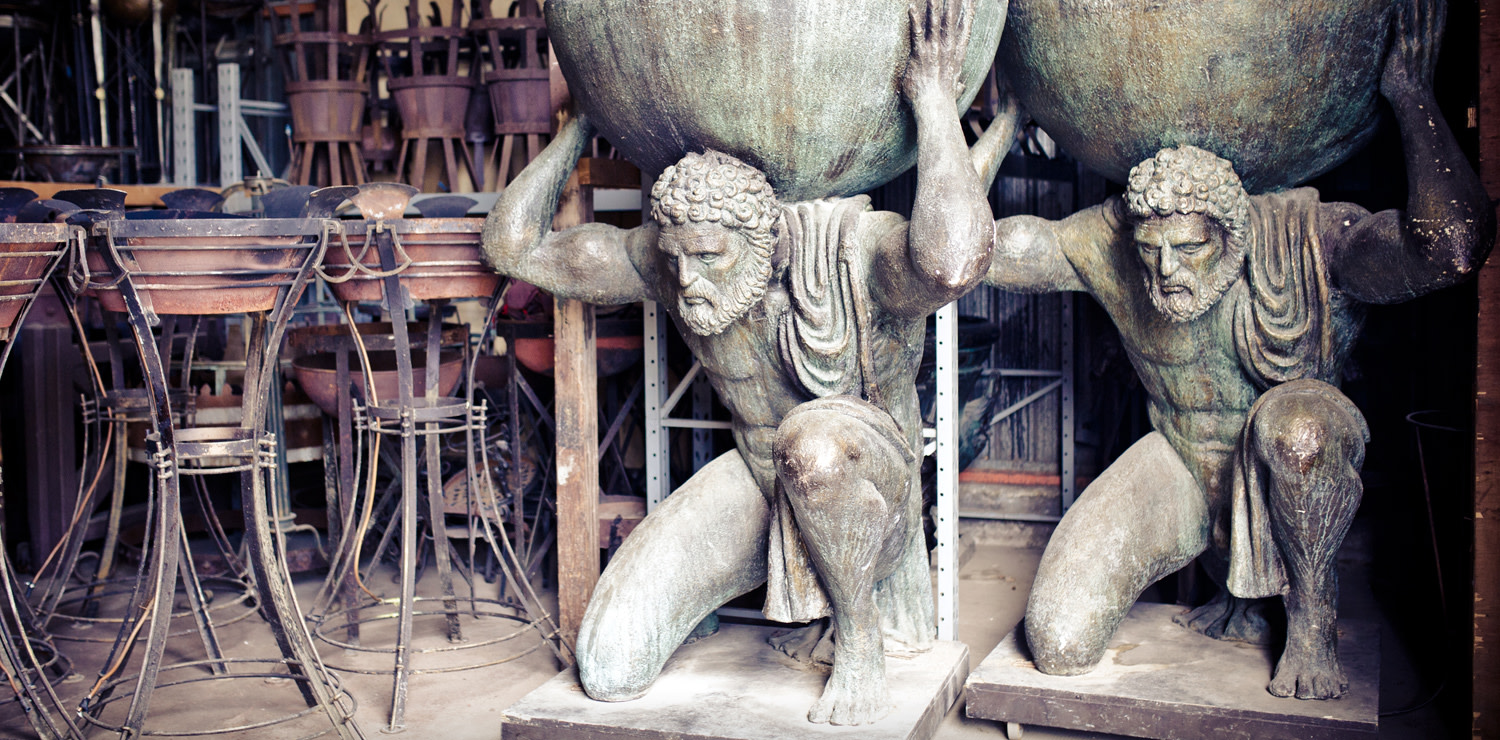Cinettà forever
A permanent exhibition in Rome reveals the secrets, myths and stories behind cinema
Nothing is more real than imagination, nothing is truly impossible. This is the thought that springs first to mind as one walks along the avenues of the “city of cinema”, lined with age-old pine trees, on each of which the name of a star is carved. This is Cinecittà: a workshop full of artisans and artists where everything is about manual skill, ingenuity and meticulous creation. One of the most exciting experiences that can be enjoyed in Rome is the permanent exhibition Cinecittà si Mostra.
Our guide on this tour is costume designer Carlo Poggioli, who is currently working on the set of The New Pope series by Paolo Sorrentino and came to the Cinecittà studios for the first time for The Name of the Rose film: “I was Gabriella Pescucci’s assistant. I discovered that the studios were full of international productions being shot: it was the temple of filmmaking”.
The exhibition opens with the section Perché Cinecittà, curated by set designers Giovanni Licheri and Alida Cappellini, which explores the historical, political and cultural reasons behind the creation of the studios by showing playbills, pictures and film clips of Italy back in those days.
If, according to Gianni Amelio “Cinecittà means history and humanism”, Federico Fellini described it as “the ideal place, the cosmic vacuum before the Big Bang”.
Cinecittà, which Fellini called “my home, devotes an entire room of the exhibition to this great master of Italian cinema. Fellini is evoked amidst the metaphysical arches of the square Colosseum, through the drawings, costumes and objects of his best-known films, such as the tree of Amarcord, the elephant of Intervista and the moon of The Voice of the Moon, a film which Poggioli worked on: “Fellini was an image viewer. He has visions about both the set design and the costumes. We always used his drawings, which were very accurate, including written notes and instructions, also because we rarely had the script. To us, the plot was mysterious most of the time”.
Then the exhibition glides through all film genres, from Telefoni Bianchi films to neo-realism, from peplums- historical films set in antiquity- to Italian-style comedy and Spaghetti Western, including the replica of an old saloon as a tribute to Sergio Leone.
The film genres are described also through 20 original costumes from films shot at the studios and designed by costume directors such as Danilo Donati and Piero Tosi. There have been actresses of the past who refused to play in a film because they were not pleased with the costumes and it may still happen: “With Natalie Portman, a vegan actress who does not wear leather shoes and bags or fur coats. We were shooting Cold Mountain in Rumania and we had to change everything, even make shoes out of fabric”.
The exhibition is a visual as much as an emotional experience, evocative of cinema’s essential requisites: darkness, music, images projected on a big screen.
The exhibition continues with Backstage, the interactive and educational rooms where one can play filmmakers: the director’s room, the costume room, the special effects and sound room, where you can dub a film.
Cinecittà is known all over the world for the high craftsmanship, technical and artistic skills of its builders, painters, smiths and sculptors in the making of extraordinary film sets. Poggioli has a special memory of the set of Splendor by Scola: “We were shooting in Ciociaria. In the evening, we would gather under a fig tree and have a lot of fun. The playful banter between Mastroianni and Troisi was used to write the script for the film Che ora è? Marcello, who came from Arpino, had loads of relatives who had whole hams, salamis and cheese delivered to the set. We kept all these goodies in the dressmaking department which had become a deli shop”. Over 3,000 film have been shot at the Cinecittà studios, from The English Patient to Gladiator, from Gangs of New York to Once Upon a Time in America. The exhibition includes a guided visit of three great sets: ancient Rome, where the Rome series was shot, the Temple of Jerusalem built by Cinecittà’s artisans by using the plaster casts of Matera’s stones for the film The young Messia, fifteenth-century Florence and prop room 107. The set of And the Ship Sails On is unforgettable: “Fellini had rebuilt a plastic-like sea that moved up and down. He really enjoyed working on fake stuff”. After all, what is the line between reality and fiction? There is no such line in Cinecittà. As you turn a corner, you can step into another age, on the sidewalk of another city or stumble upon the big eyes of a Venusia rising above the garden.









